BLOGS
Air Well Design To Maximize For Luxury Homes
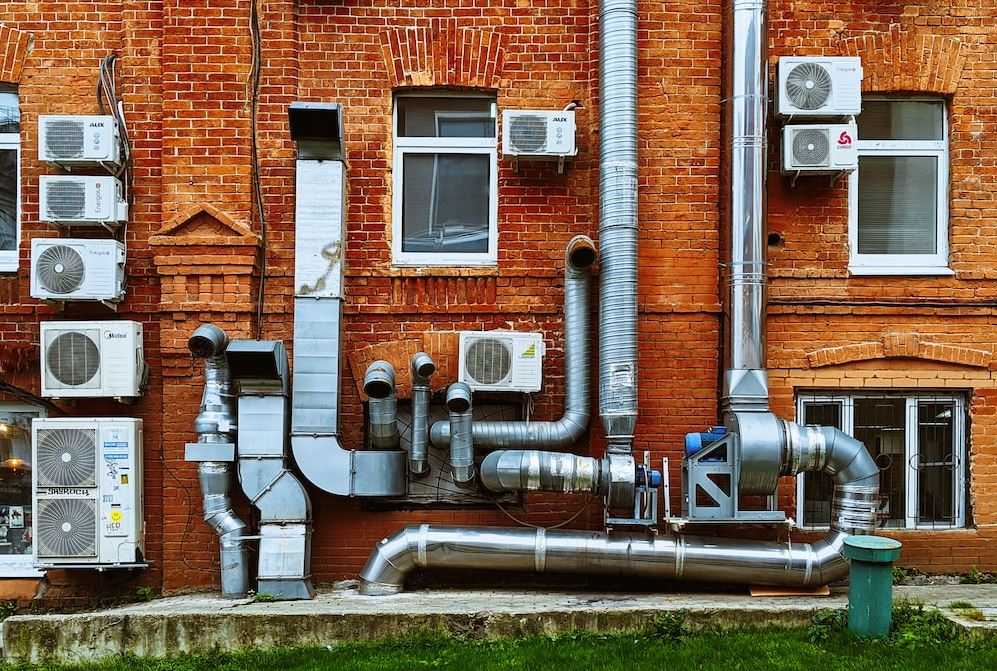
Have your ever heard of air wells? The air well can be defined as an effective passive design method to decrease daytime warming and boost nighttime building structural cooling. To enhance cross-ventilation and passive cooling, the air-well courtyards should be oriented in line with the direction of the predominant wind.
Air Well For Luxury Homes
One of the most crucial engineering controls for the office and educational settings is ventilation, which may both reduce energy consumption and enhance indoor air quality. A healthy ventilation system brings in new air, releases CO2, lowers air pollutants, and regulates temperature and humidity. In addition to clearing your lungs, breathing in fresh air helps enhance digestion, mood, heart rate, and energy levels.
Why Are Air Wells Important?
Given that you spend the majority of your time indoors—more than 90% of the time especially during the lockdown—indoor air quality is essential for your health. Investigate the significance of indoor air quality.
Even while the air inside your home may not be excessively contaminated, even a small amount of pollution can have a serious negative impact on your health, especially now that the Covid-19 outbreak is still causing problems. The first step is to consider the ventilation options. Insufficient fresh air intake can lead to pollutants building up without a place to go, which can have an adverse effect on your health and comfort.
How does a constructed air well work?
When the sun rises, the warm air is drawn into the building through the upper holes by the outflowing cooler air, becomes cooled on the cold surface, deposits its water, which then oozes down and is collected somewhere beneath. The building produces water during the day and cools itself during the night.
To the bottom of the well, a pipe with an aeration section is placed into the well bore. This pipe is continuously fed pressurized air. As a result, the pressures create lift of the water from the well’s bottom to the top of the pipe.
How can I increase the airflow in my home?
-
Examine vents and registers.
Examining the vents and registers in each room is one of the simplest ways to improve airflow in your house. Keep all registers open, even if you don’t necessarily need to cool a particular space. Your Heating, Ventilation, and Air Conditioning (HVAC) system will have to work harder to carry conditioned air where it needs to go if you close registers, which can exacerbate airflow issues.
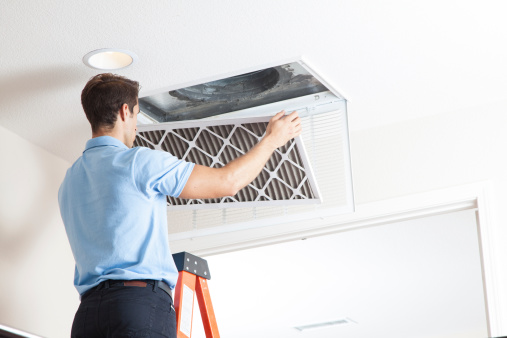
-
Have a regular HVAC maintenance.
Make an appointment right immediately if you haven’t contacted any services for preventive maintenance this season. Even if your air conditioner is relatively recent, an annual tune-up may not seem like a huge issue to you, but it can have a significant impact on how your HVAC system performs.
When our team does an annual tune-up, we examine and clean the system from top to bottom, verifying functionality, removing accumulated filth, and searching for problems that might be causing your HVAC system to run more slowly. We also replace the air filter, which is prone to clogging and can restrict air flow during periods of high usage. Keep in mind to replace the filter every 90 days otherwise and every 30 days during times of excessive use.
-
Power Of The ceiling fan.
Turning on the ceiling fans is another quick fix for better airflow. Make sure that fans rotate counterclockwise to disperse cold air during the heat. By circulating the air with ceiling fans, you can achieve a wind-chill sensation. You may stay cool by evaporating sweat off your skin with the aid of the air.
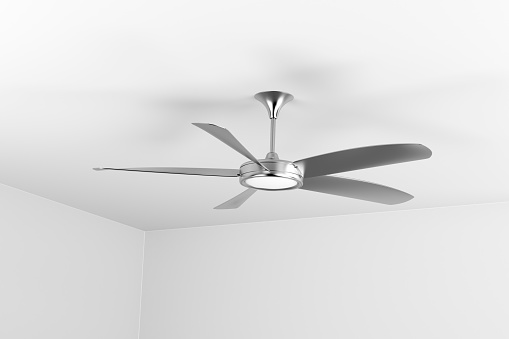
Even though ceiling fans don’t truly lower the temperature, their cooling effect may make you raise the thermostat. Generally speaking, you can raise the temperature setting by 4 degrees without feeling more comfortable. Even in the blazing summer, that may result in energy savings.
Airborne contaminants can still enter your HVAC system even if air filters are intended to collect dust, grime, and other interior pollutants and prevent them from doing so. This is because of a variety of reasons. Most homes have some fractures and leaks in the ductwork, that can let dust, mold, and other waste inside.
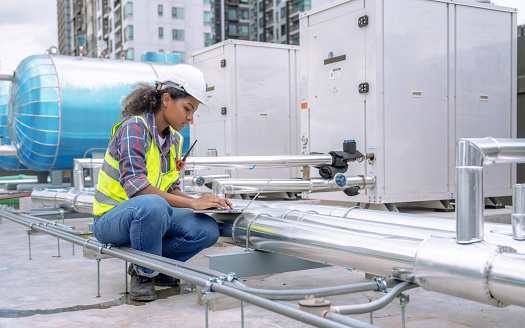
These contaminants may build up over time and restrict airflow through your ducting. Fortunately, duct cleaning may easily resolve this. Call for immediate maintenance service to look at your ductwork if you think it is clogged and impeding airflow.
What is the most effective air well design system for a home?
I think you’ve never heard of the types of home ventilation that could improve the air well at your homes. Investing in a ventilator gives a high solution to the modern issue of climate change. For example, purchasing an HVAC part like an Energy Recovery Ventilator is frequently the best option to increase airflow (ERV). This gadget keeps the air flowing freely through your house by drawing in fresh air and flushing out stale air.
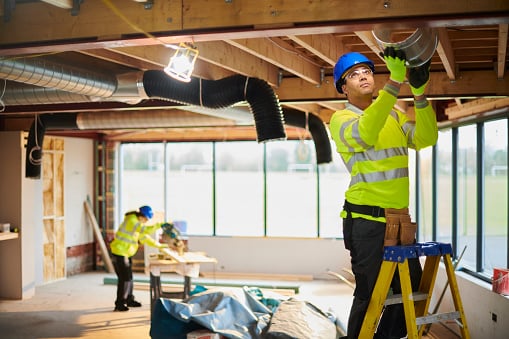
But ERVs perform much more than simply boost airflow. By reducing humidity, these gadgets keep your house more comfortable. Additionally, they capture energy from the emitted air and use it to warm up the incoming air. Your HVAC system will be less stressed as a result, increasing overall efficiency. Cool, fresh air entering your home and stale air leaving is what home ventilation is all about. So, it contributes significantly to raising the air quality in your house. Moreover, here are some of the design of air well design or ventilation types that you can consider in your luxury home. You can also check Pinterest for some design inspo of air well or ask to air well house adx architects.
-
Natural Ventilation
Natural ventilation, as the name implies, occurs without the use of any machinery and relies on the circulation of air both within and outside your home. Windows, open doors, and other apertures like pet doors can all let in this breathable air.
Even when the wind is blowing in the other direction of your home, natural ventilation still functions. In this case, a vacuum effect pulls air out of your windows while forcing air into the side of your windows that is exposed to the wind.
The “chimney effect” is another way that this ventilation operates. When cool air enters a house through the basement or first floor, it rises after absorbing heat and leaves through the windows in the higher part.
-
Whole House Ventilation
A whole-house ventilation system offers controlled ventilation, that evenly distributes airflow throughout the house, in contrast to natural ventilation. This is a crucial component of contemporary housing.
A balanced system including both exhaust and fresh air intake components is known as whole-house ventilation. It can be exhaust-only, supply-only, or exhaust-and-supply ventilation. It is made up of several ducts and air well design that are dispersed all over the house. Under the whole house ventilation, exhaust, balanced, and supply ventilation are under it. It varies according to different climates that it is suited.
-
Spot Ventilation
Another air well design that you could use in the spot ventilation. This particular style of mechanical ventilation only functions in one location and does not cover a large region. At the source, it eliminates contaminants and moisture. Spot ventilation is exemplified by the exhaust fans that are frequently used in bathrooms to remove moisture after showers and in kitchens when cooking. Compared to natural ventilation, spot ventilation provides more controlled ventilation, but the airflow is insufficient to guarantee whole-house ventilation.
One thing to remember while employing this technique is not to leave the exhaust fans running for too long. After a certain period of time, they will effectively defeat the main function of home ventilation by allowing in more air contaminants than they remove.
READ NEXT ARTICLE: WHAT IS THE SIM CARD REGISTRATION LAW
READ NEXT ARTICLE: CEILING COLOR IDEAS FOR YOUR BEDROOM
READ NEXT ARTICLE: 8 THINGS EVERY SPORTS FAN SHOULD DO

















